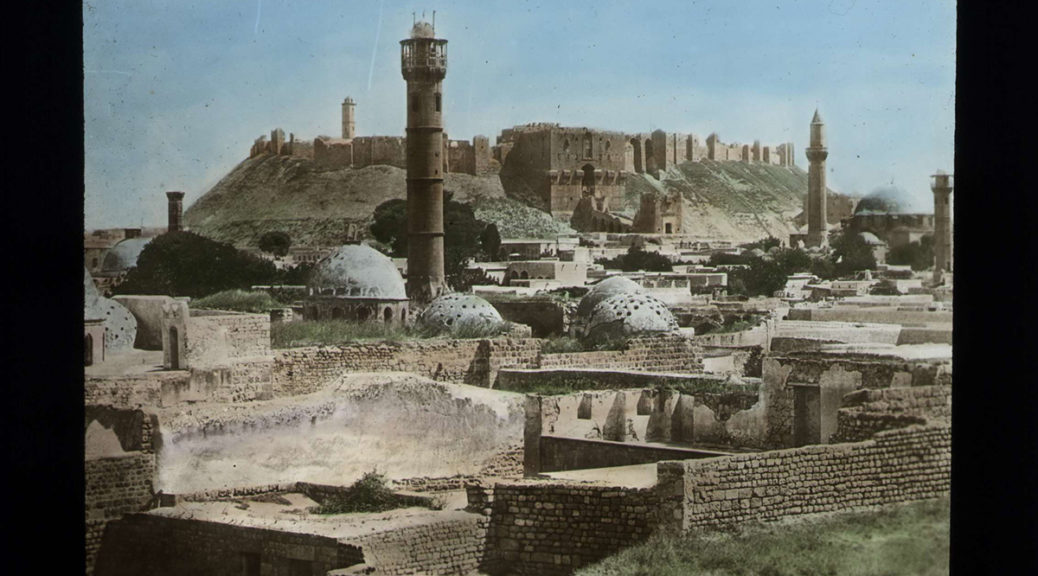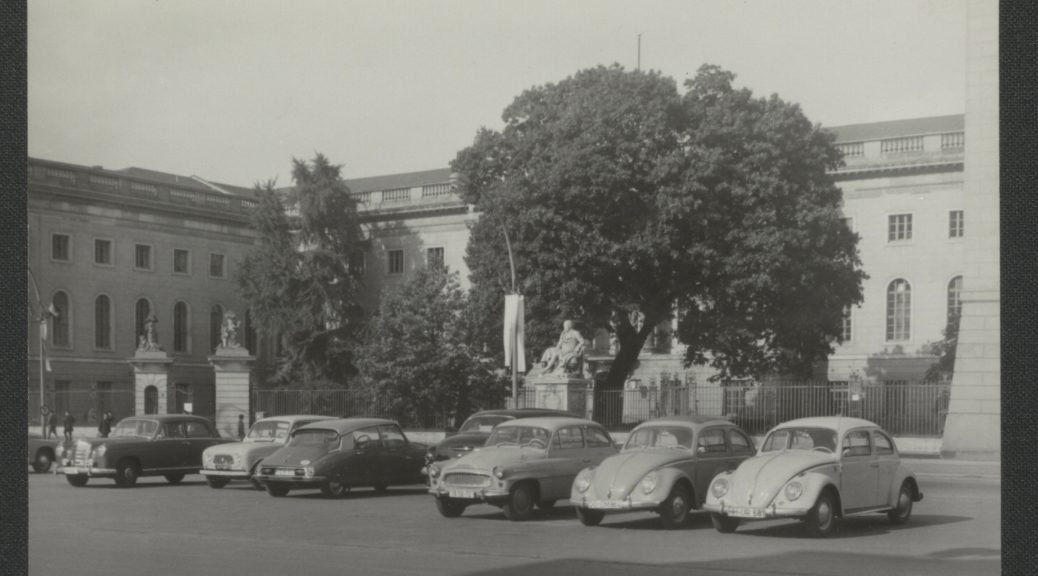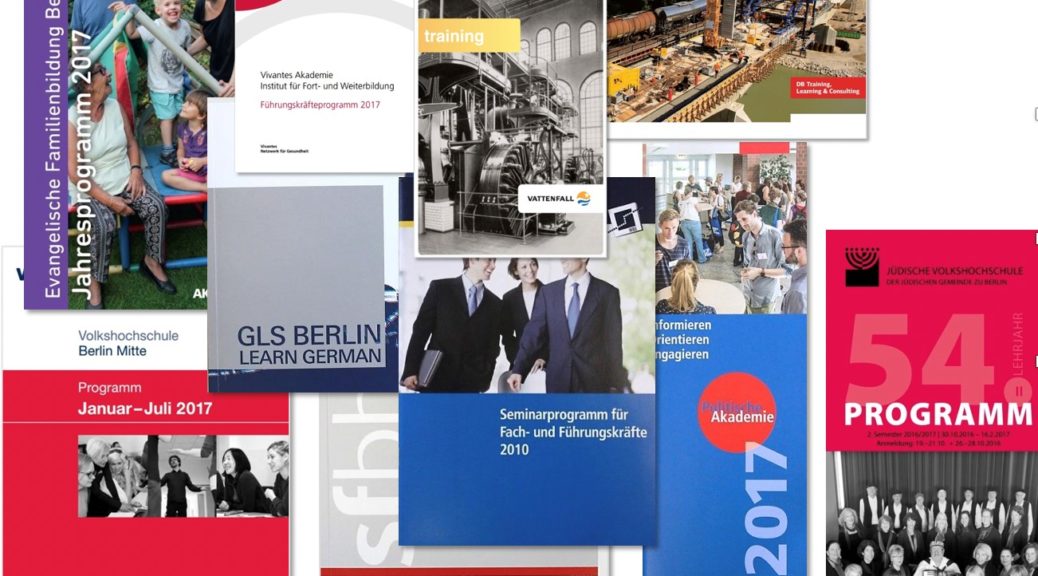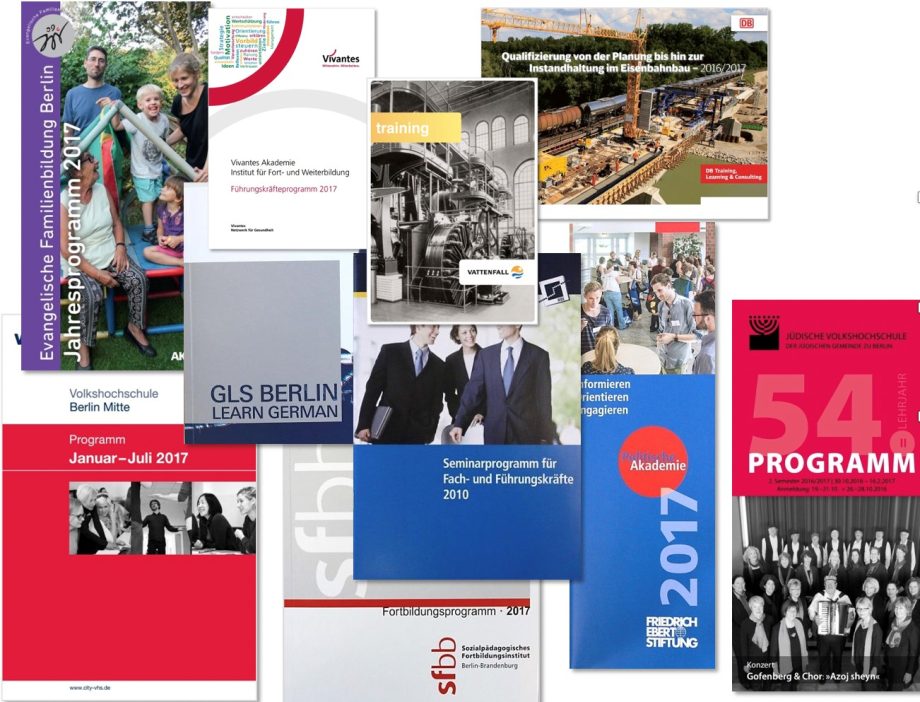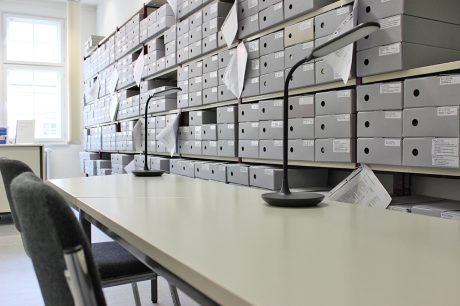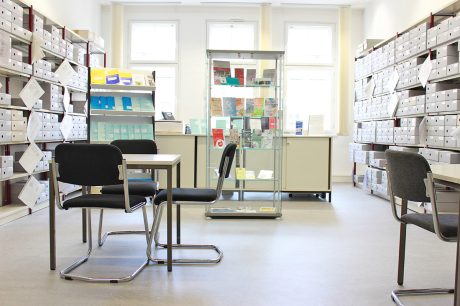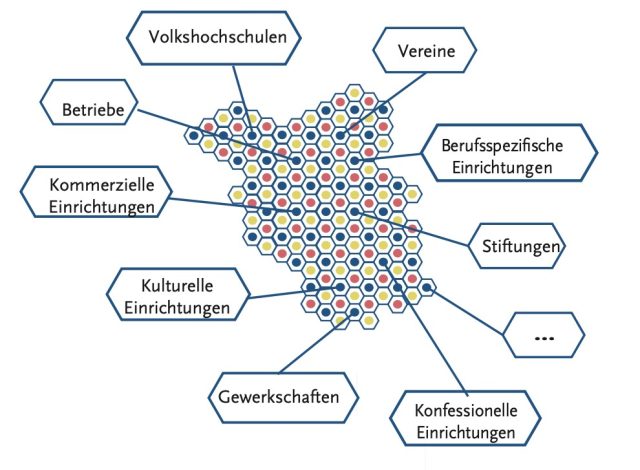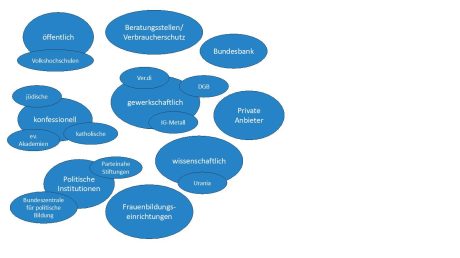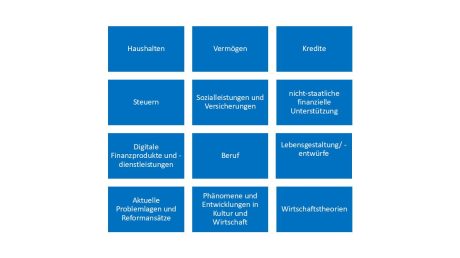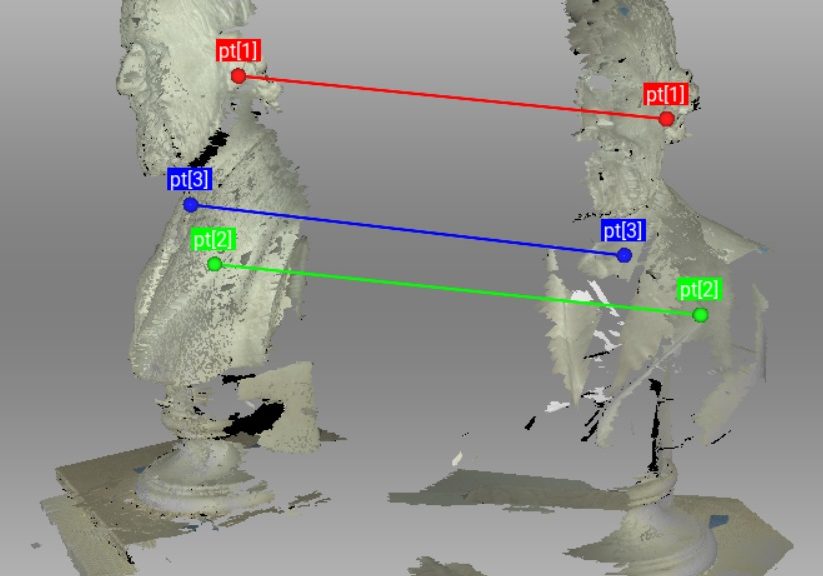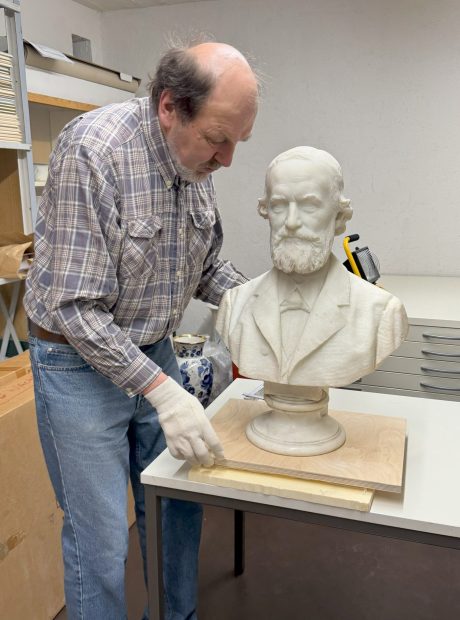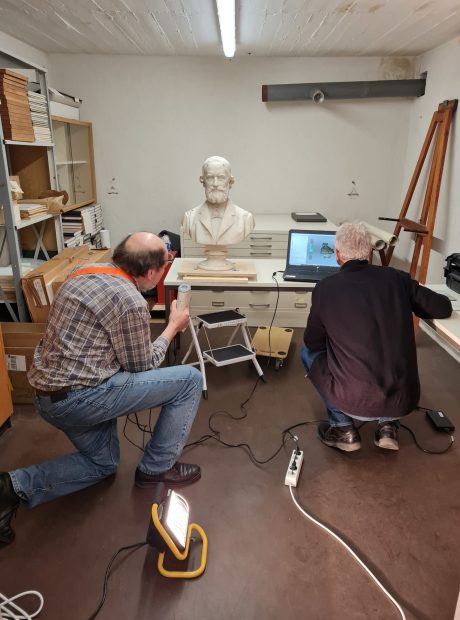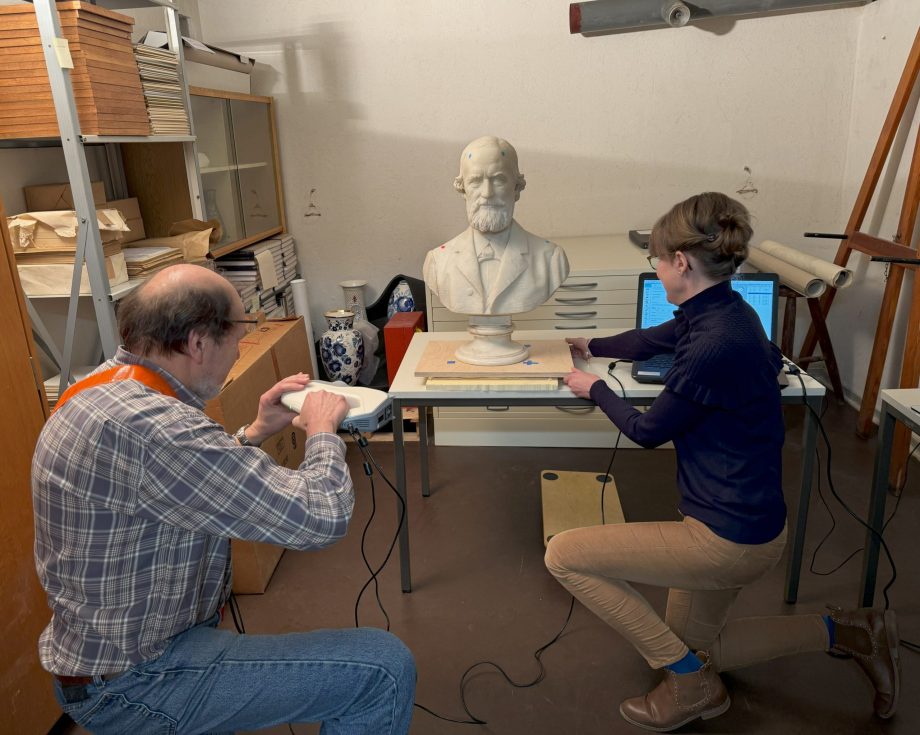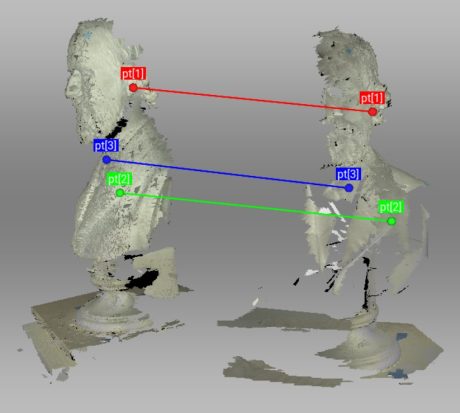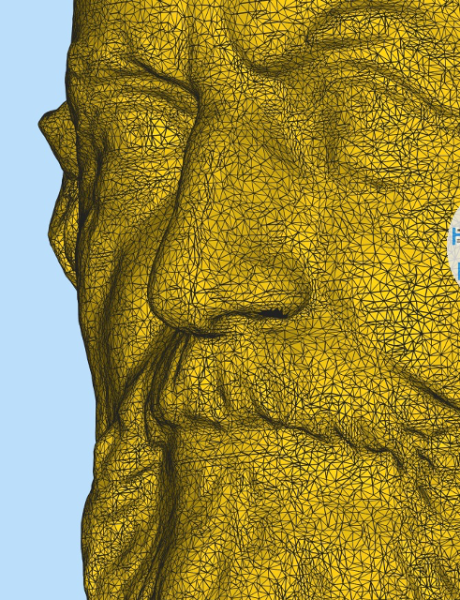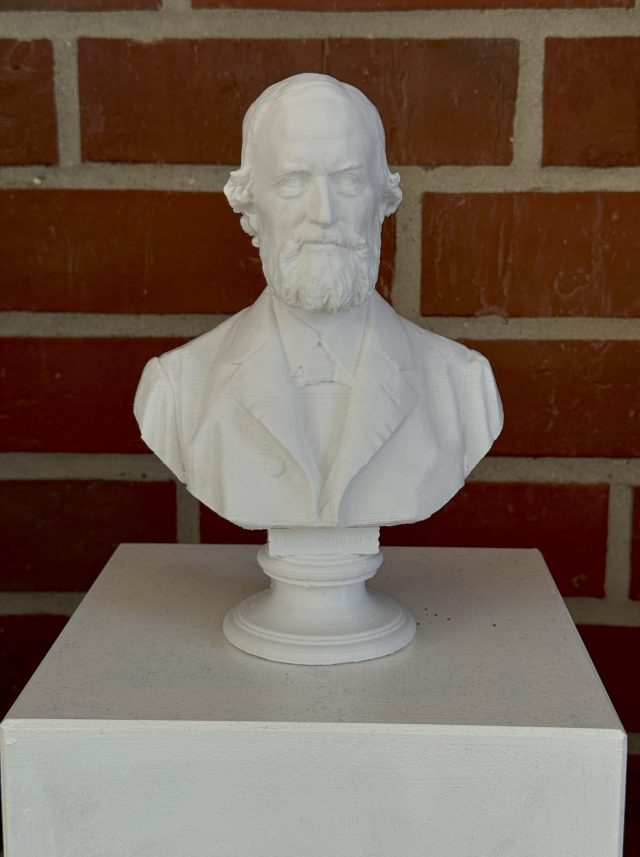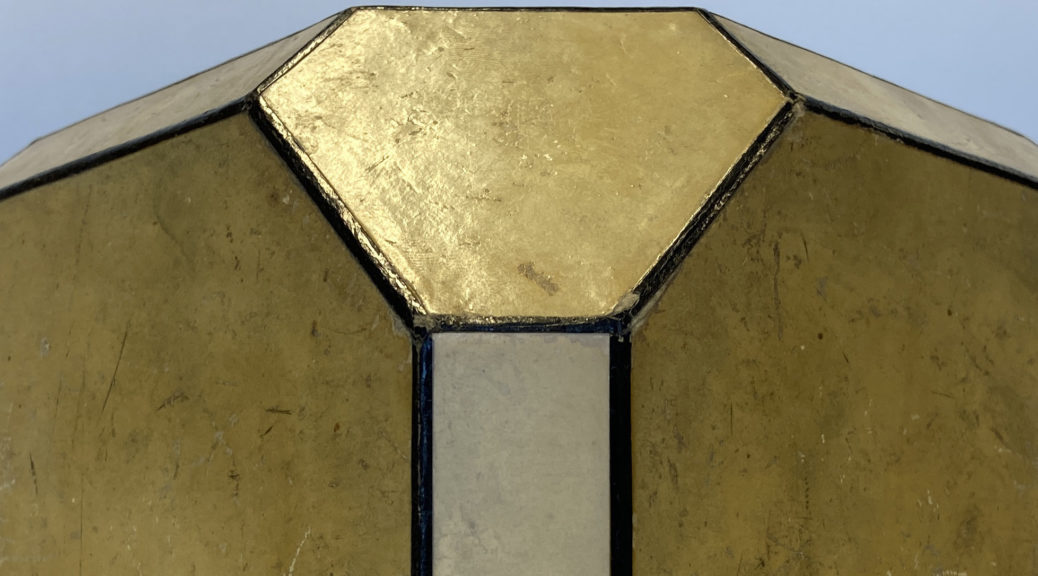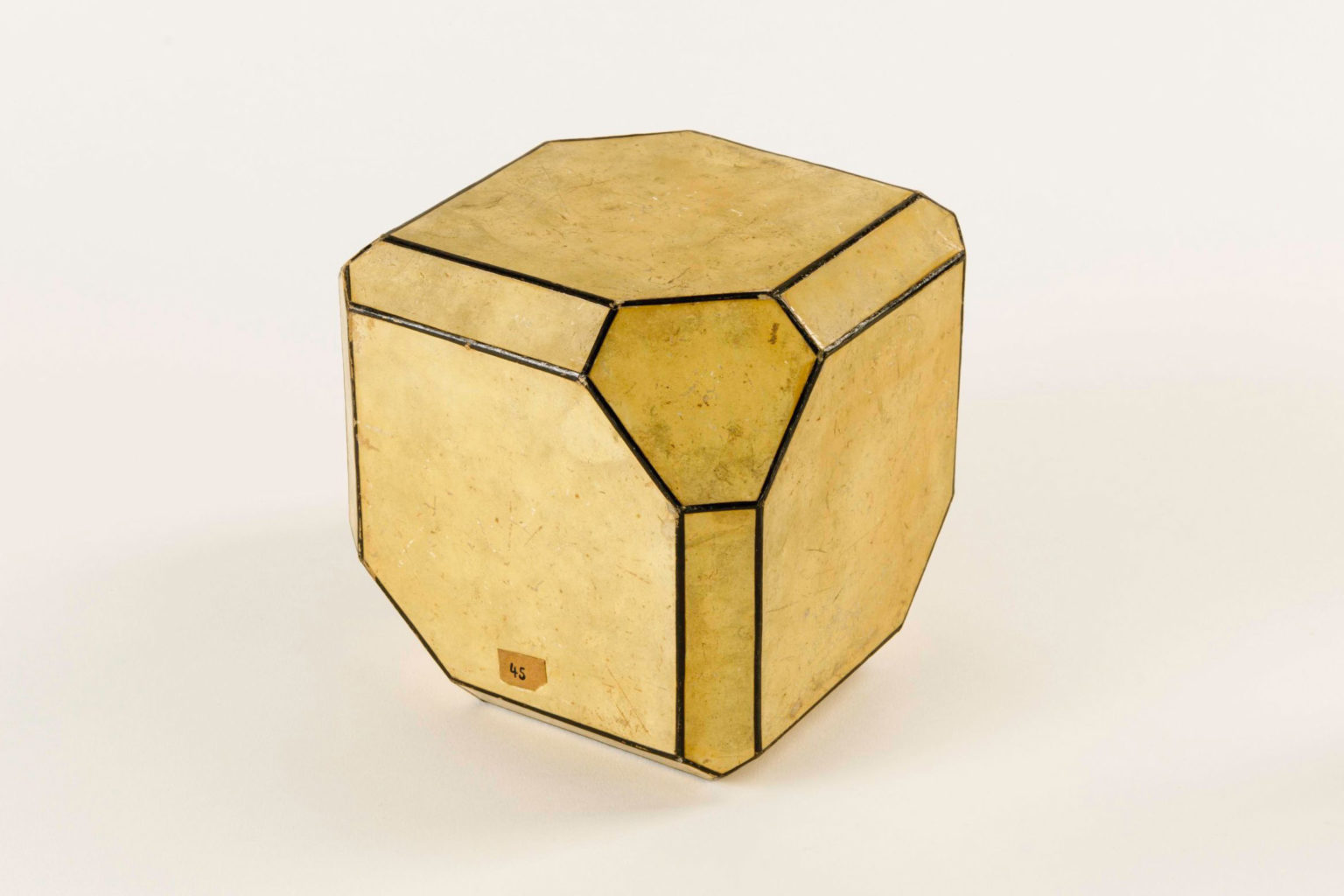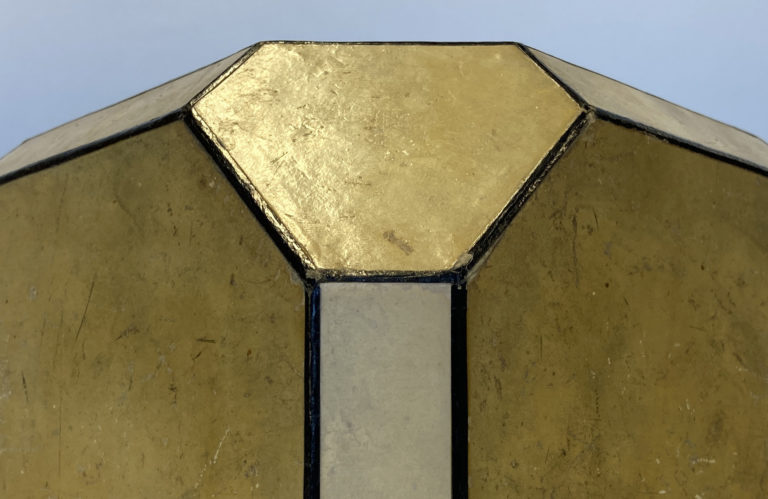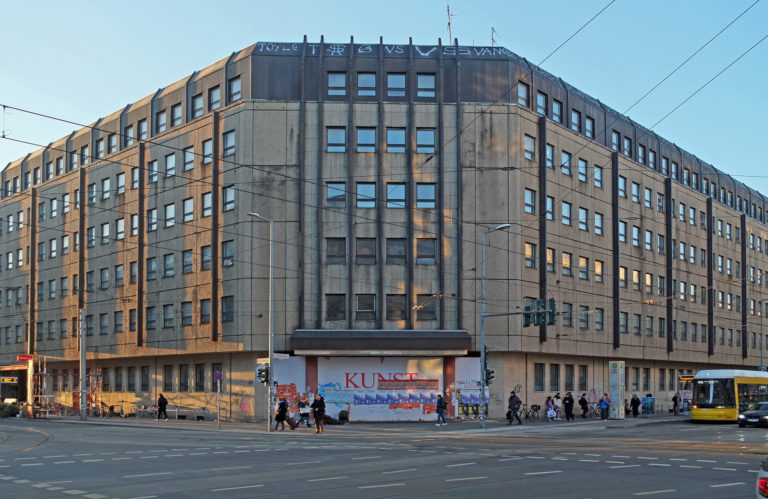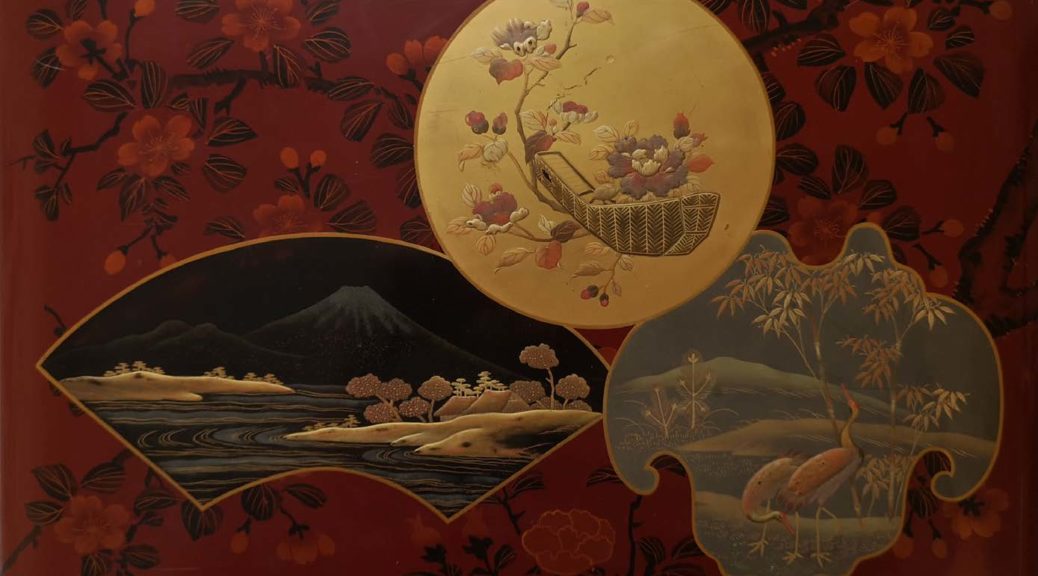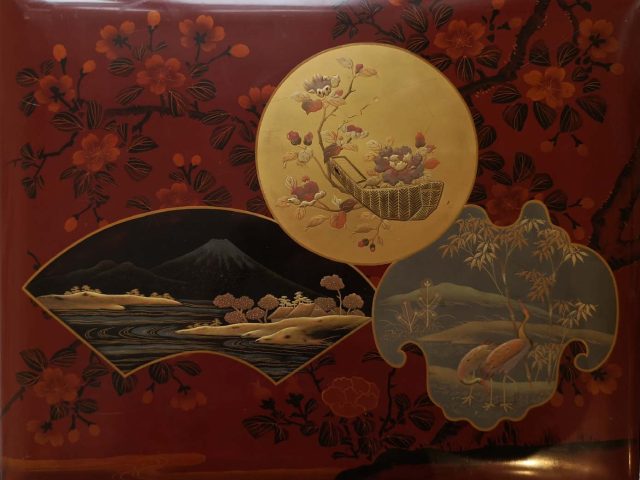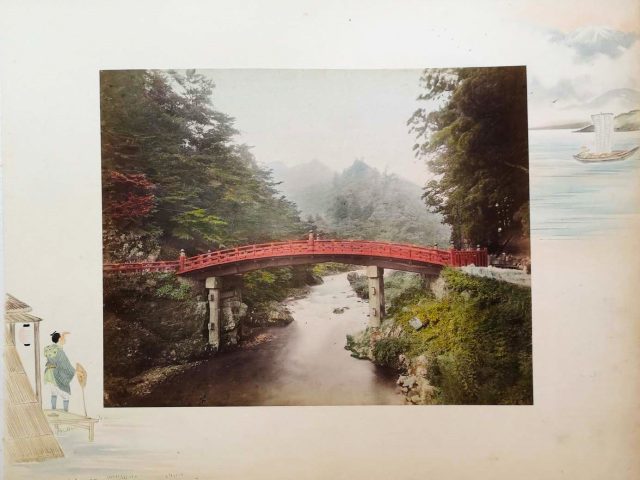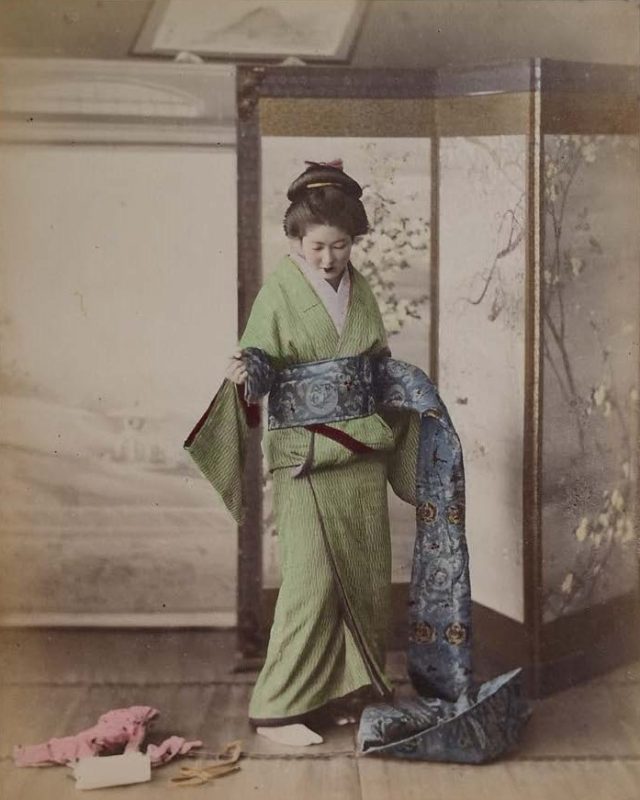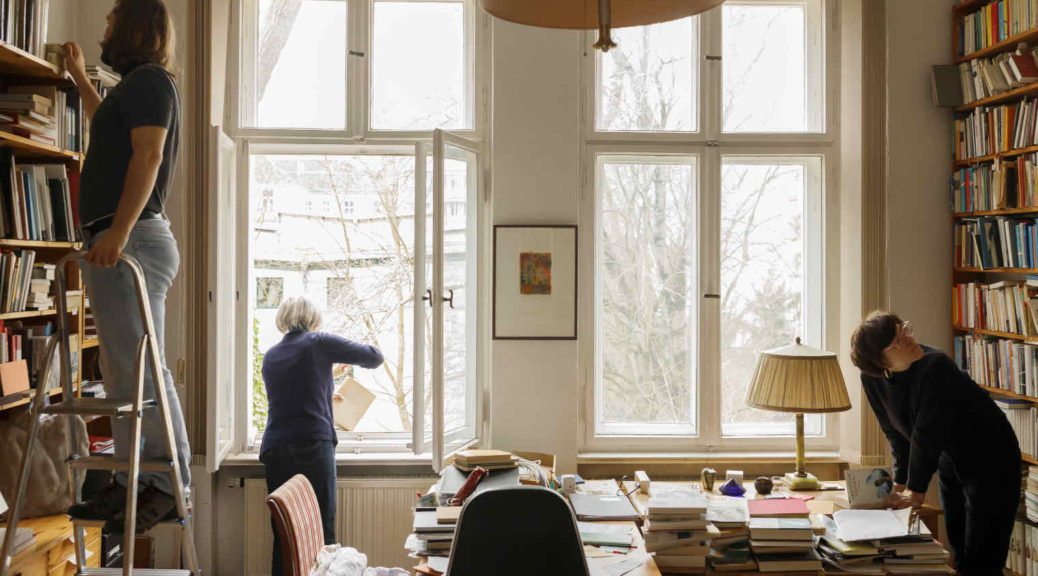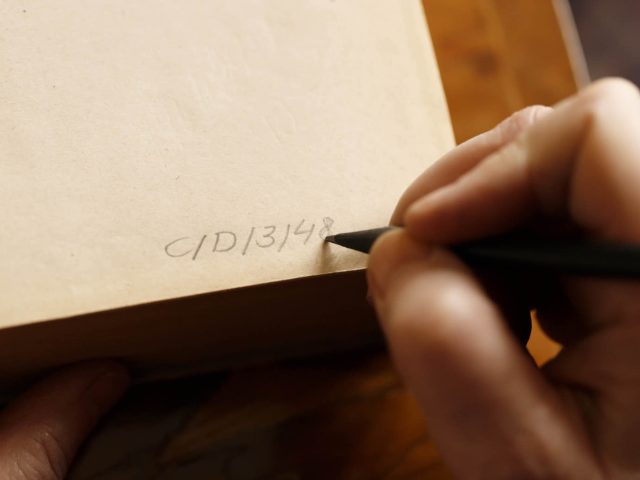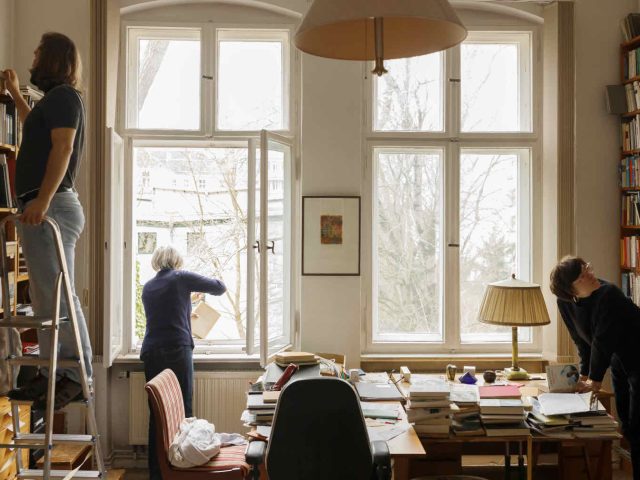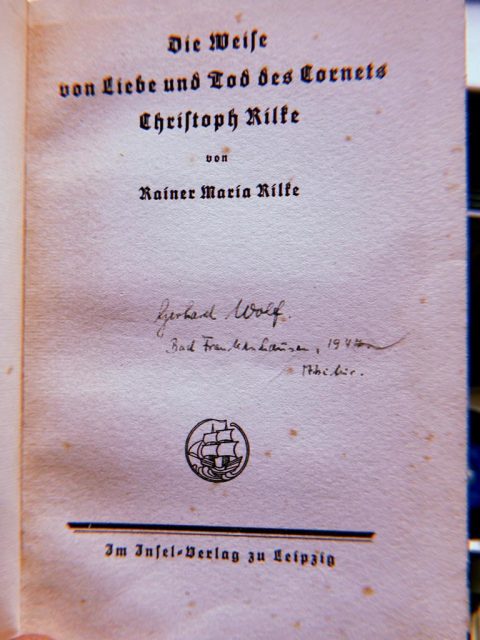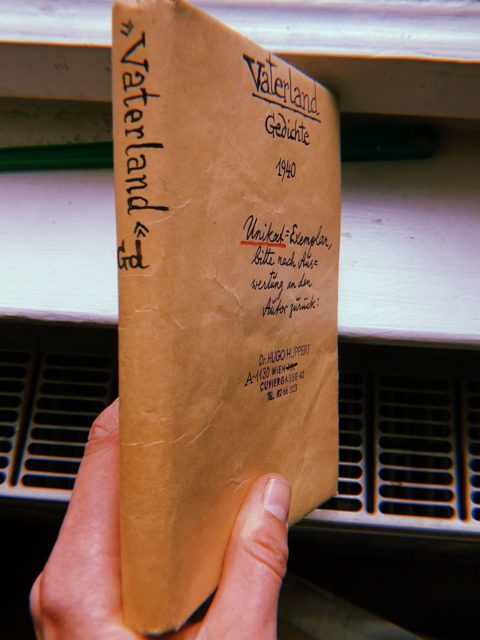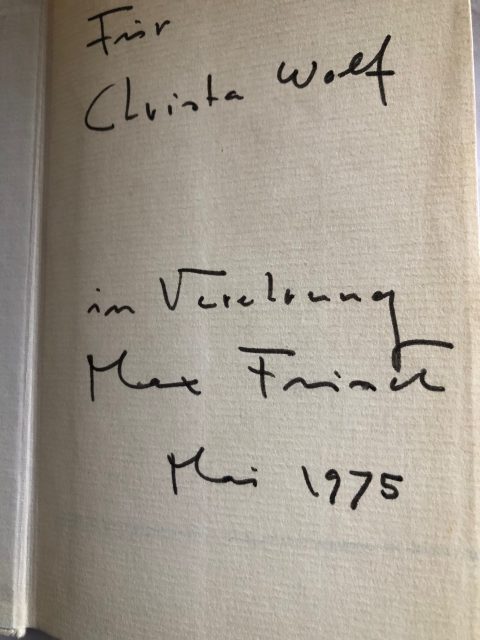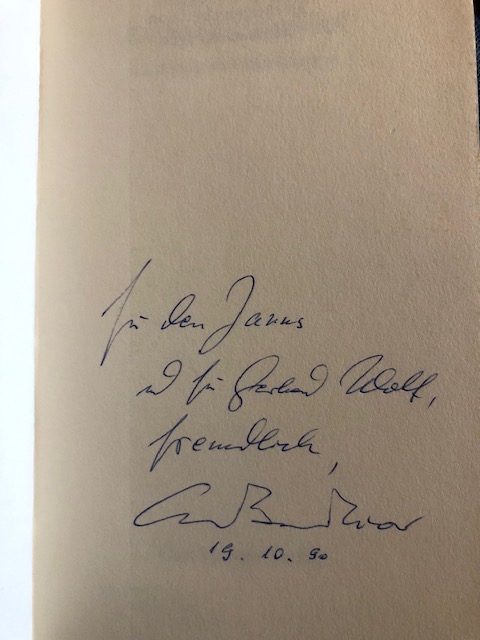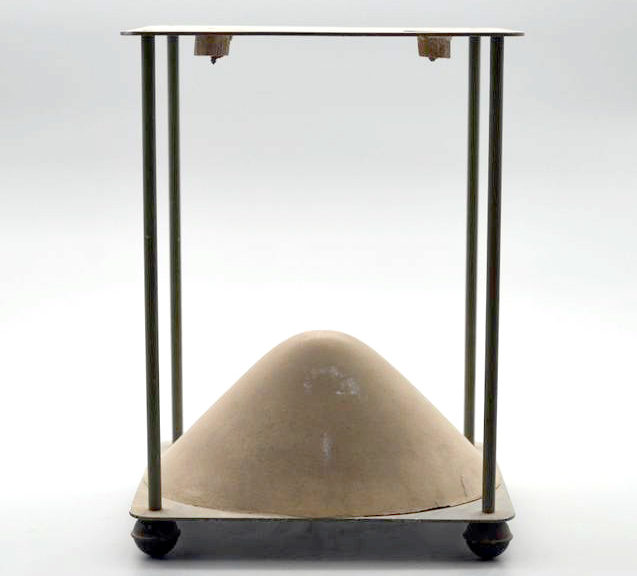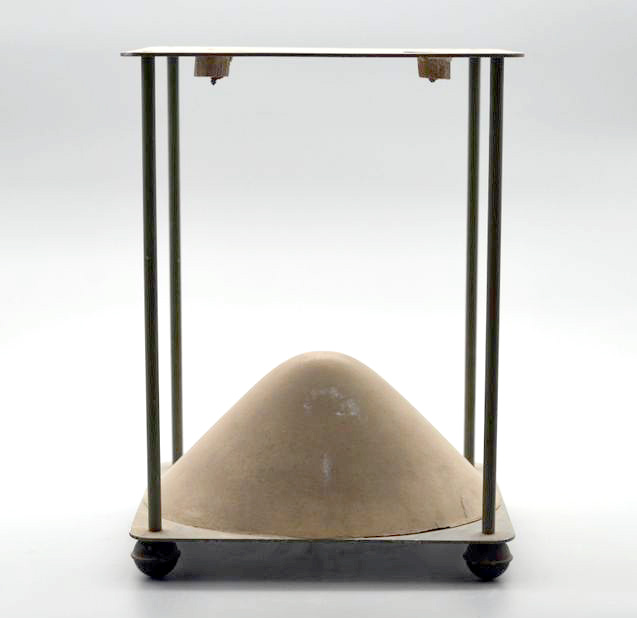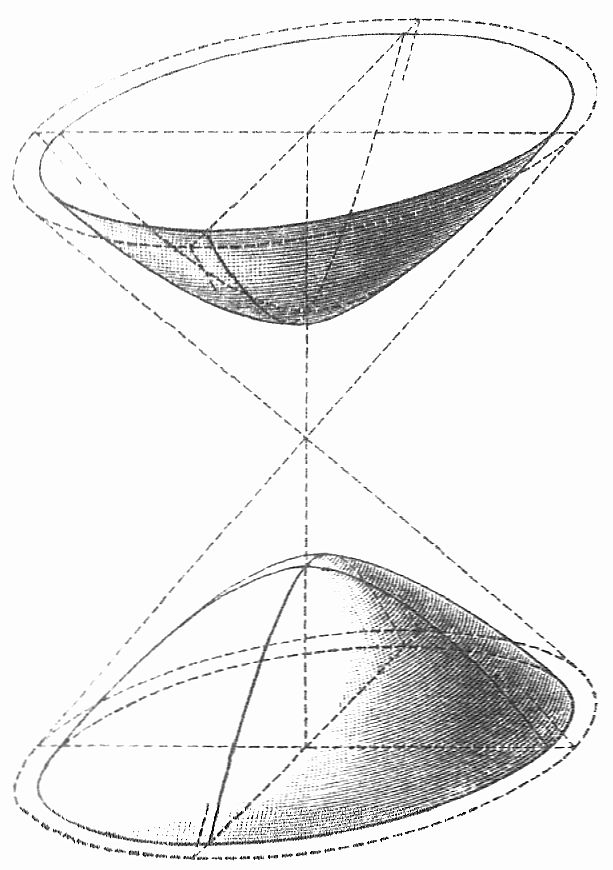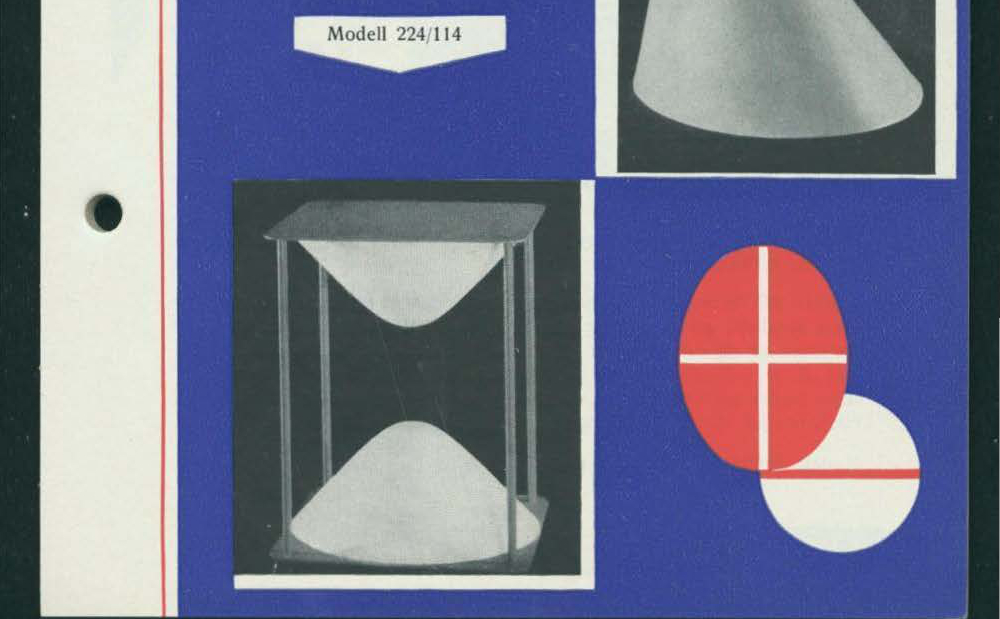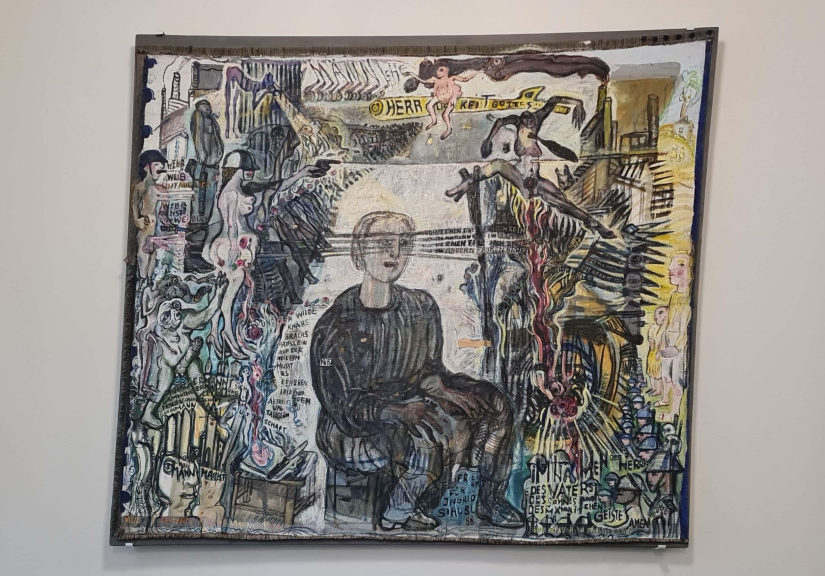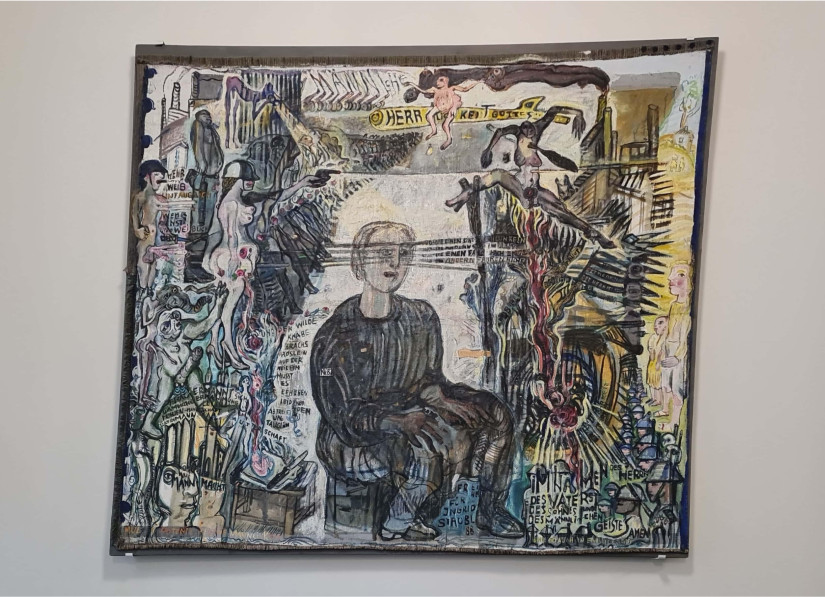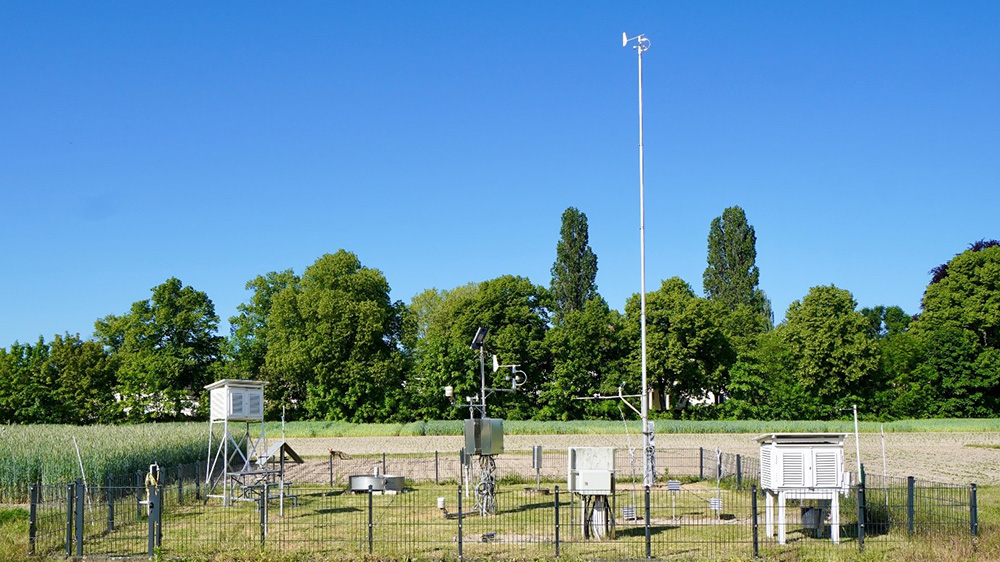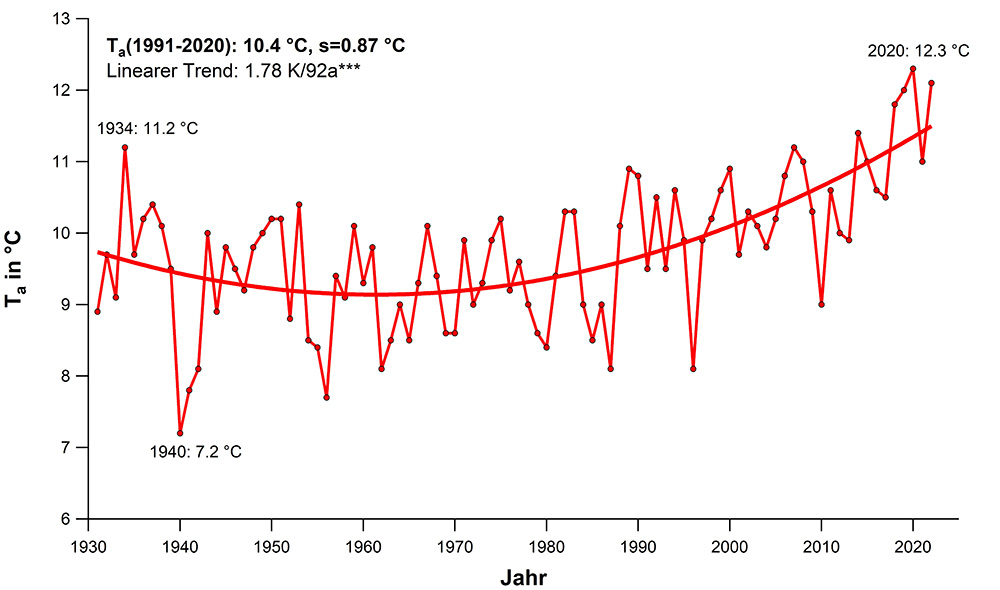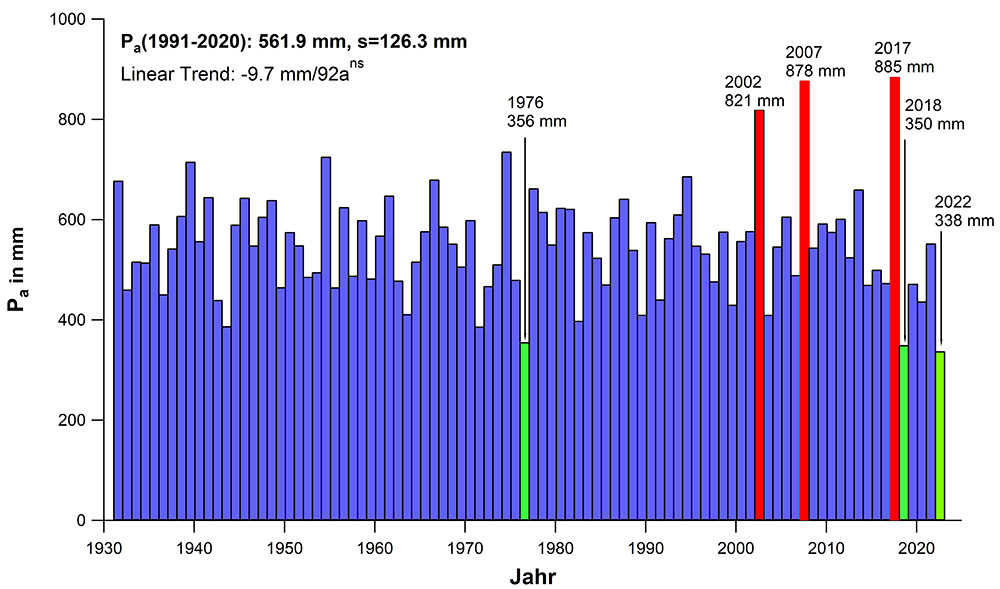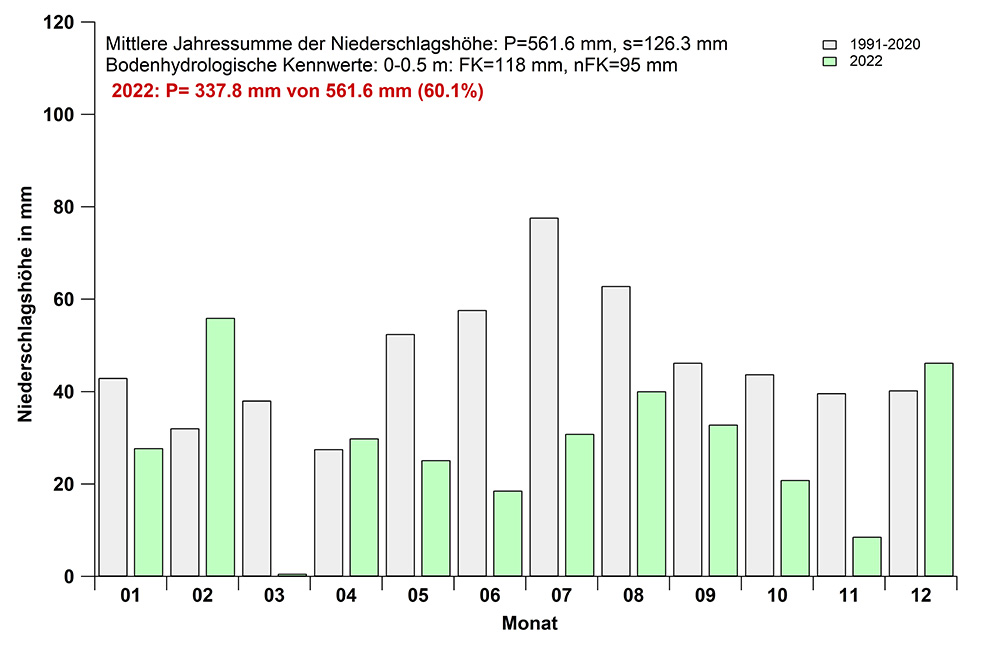Object of the month 11/2024
On August 26, 1907, Hugo Gressmann (1877–1927), a professor of Old Testament/Hebrwe Bible at the Friedrich-Wilhelms-Universität, writes to his colleague and friend Hermann Gunkel (1862–1932) in Giessen that he has „den Plan, neue Lichtbilder machen zu lassen. Die Lichtbilder sollen dienen für den Unterricht in der höheren Schule und an der Univ.[ersität]. … Da Prof. Schäfer vom ägypt. Museum mir seine tatkräftige Hilfe zugesagt hat und da mir auch die Diapositive der D[eutschen]O[rient]G[esellschaft] zur Verfügung stehen, hoffe ich die Sammlung unseres Seminars beträchtlich zu vermehren. Das würde auch mir hübsche Drucke geben: Illustrationen für A[ltes]T[estament]., besonders profane, Kulturgeschichtliches, an denen es zur Zeit ganz fehlt.“
The here mentioned collection forms the basis of the Sammlung Historischer Palästinabilder (Collection of Historical Pictures of Palestine), which is still located at the Old Testament Seminar at the Faculty of Theology at Humboldt Universität. It includes around 2000 glass plate slides, which were mainly collected by Hugo Gressmann until his sudden death on a lecture tour through the United States of America in 1927. The photographs were taken between the late 19th and early 20th century. They aim to visually capture the biblical world. Accordingly, the photographs show images from the eastern Mediterranean and southern Levant. The focus is on locations mentioned in the Bible. These are now in the territory of Syria, Lebanon, Jordan, Israel and Palestine. The motifs include landscapes, ancient and contemporary buildings (temples, churches, mosques), people, animals and plants. The vast majority of glass plate slides were produced by professional publishers.
Gressmann had travelled to Israel/Palestine in 1906/1907 as part of a regional studies course run by the Deutsches Evangelisches Institut für Altertumswissenschaft des Heiligen Landes (German Protestant Institute of Archaeology of the Holy Land), which was founded in 1900 and is still based in Jerusalem and Amman today. He took numerous photographs himself during his travels. The experiences he had on this trip left a lasting impression on him, and he firmly embedded the study of material culture in the canon of methods used by scholars of the Old Testament. His Altorientalische Bilder zum Alten Testament (1909, second edition 1927) became a standard work. As a representative of the Religionsgeschichtliche Schule and in accordance with his understanding of theology as cultural studies, it was important to him to understand the biblical texts in the context of ancient oriental and Egyptian texts and images, as well as against the background of the concrete conditions of life. He also endeavoured to communicate his findings to an interested public beyond the confines of the university, in both word and image. One medium he used was the Religionsgeschichtliche Volksbücher für die deutsche christliche Gegenwart, published at the beginning of the 20th century by Friedrich Michael Schiele, in which he provided information about the current excavations in Palestine (RV III/10, 1908).
The Sammlung Historischer Palästinabilder now also includes glass plate slides from the estate of Gottfried Quell (1896–1976), a scholar of the Old Testament from Berlin. The loan of the library of the Deutschen Vereins zur Erforschung Palästinas (German Association for the Exploration of Palestine), which has existed since 1877, means that it is very well documented. The collection is of great importance for historical topography, for the history of archaeology, for the landscape and urban surface structure of pre-industrial Israel/Palestine, for the history of photography, but also for historical ethnology and anthropology, as well as for the Eurocentric image of the Orient in the late 19th and early 20th centuries.
Numerous photographs show important towns in the Middle East. For the object of the month for November 2024, five views of towns or individual buildings on the ground of these towns from the time around 1920 have been selected from this group of motifs. These are sites that are the focus of international attention due to the current political situation and that are under great threat due to the armed conflict. Photo no. 1 shows the minaret of the Great Mosque of Gaza, which was built on the site of the 12th-century church of St. John the Baptist. Photo no. 2 offers a view of Aleppo in colour. Photo no. 3 provides a glimpse of Beirut. Photo no. 4 shows the Temple of the Sun in Baalbek. Photo no. 5 offers a view of Jerusalem, from the Mount of Olives over the Kidron Valley to the Dome of the Rock, with a Jewish community gathered for a lament for the dead. The tears shed here may be representative of all the tears that people in the Middle East are currently experiencing in the face of the destruction in their immediate surroundings.
Sascha Gebauer, Rüdiger Liwak and Peter Welten provide comprehensive documentation of the Sammlung Historischer Palästinabilder in the book Pilger, Forscher, Abenteurer. Das Heilige Land in frühen Fotografien der Sammlung Greßmann, Leipzig 2014. The passage quoted at the beginning comes from a collection of letters from Gressmann to Gunkel, which is to be critically edited by Sascha Gebauer and Markus Witte as part of a current research project. To the life and work of Hugo Gressmann see Sascha Gebauer, Hugo Greßmann und sein Programm der Religionsgeschichte, Berlin/Boston 2020, and Markus Witte, ‘Hugo Gressmann (1877–1927) – Ein Leben für die Geschichte der Religion,’ Biblische Notizen 179 (2018): 108–120.
Website of the Sammlung Historischer Palästinabilder:
https://www.theologie.hu-berlin.de/de/professuren/stellen/at/palaestina
List of figures:
Nr. 1 (Gaza): American Colony Magic Lantern Slides, Fr. Vester & Co, Jerusalem, Palestine.
Nr. 2 (Aleppo): Th. Benzinger, Lichtbildverlag, Stuttgart.
Nr. 3 (Beirut): American Colony Magic Lantern Slides, Fr. Vester & Co, Jerusalem, Palestine.
Nr. 4 (Baalbek): Kunst-Verlag Bruno Hentschel, Leipzig.
Nr. 5 (Jerusalem): Kunst-Verlag Bruno Hentschel, Leipzig.
Source of figures:
https://rs.cms.hu-berlin.de/palaestina/pages/search.php?search=%21collection2&k=4b9927904c
Contact:
Prof. Dr. Markus Witte
Seminar für Altes Testament
Theologische Fakultät
Humboldt-Universität zu Berlin
markus.witte@hu-berlin.de
